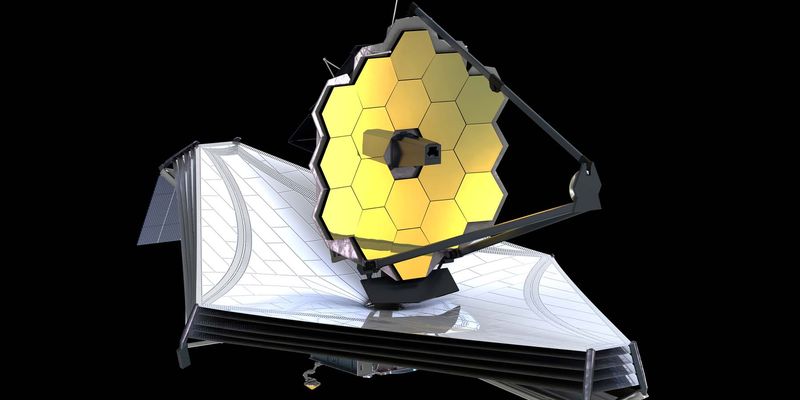

James Webb Space Telescope in 2021, experts celebrated the mission as the foremost achievement of its kind in more than thirty years. Nevertheless, scientists soon identified a significant issue with the globe’s most exquisitely calibrated camera: its images were out of focus. To rectify this dilemma, a duo of Australian scientists created an artificial intelligence program named AMIGO (Aperture Masking Interferometry Generative Observations) to tackle resolution challenges in Webb’s most advanced telescope cameras.
This development illustrates how the vast distances of satellites such as the James Webb Space Telescope can hinder maintenance and repairs. Positioned a million miles away from Earth, the telescope is not as easily serviceable as its predecessor, the Hubble Space Telescope. For context, when NASA launched Hubble in 1990, lens alignment problems prompted a specialized mission from the Space Shuttle Endeavour to install new optics. In contrast, with JWST, manual adjustments are not feasible. AMIGO serves as an innovative solution for researchers to modify how JWST interprets and processes data, instead of traveling across the solar system to adjust the lenses directly. It accomplishes this by restoring the camera’s aperture masking interferometer (AMI), a slender metal piece punctuated with holes that enables researchers to assess whether the camera is experiencing optical misalignments based on the light it filters.
JWST is capable of capturing images of the universe’s earliest galaxies, fundamentally altering how scientists perceive the cosmos. In less than five years, the telescope has documented galaxies formed over 13.5 billion years ago, revealed what some theorize to be stars fueled by dark matter, uncovered supermassive black holes, and even transformed how scholars view the formative phases of the universe. With the modifications provided by AMIGO, the James Webb Space Telescope could potentially illuminate humanity’s most ancient inquiries.
To comprehend how AMIGO addressed the globe’s most costly photographic problem, one must first grasp the operating principles of the James Webb Space Telescope. Essentially, Webb employs a sequence of mirrors to reflect infrared light into the telescope’s imaging instruments. The dimensions of these mirrors, the largest of which weighs over 1